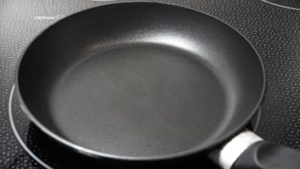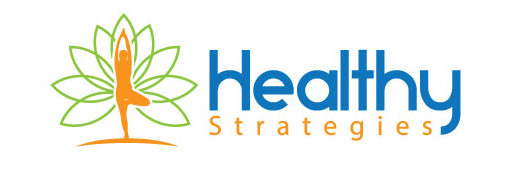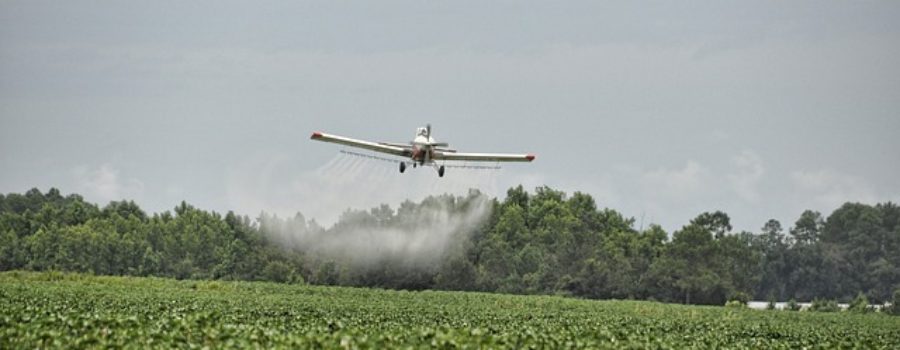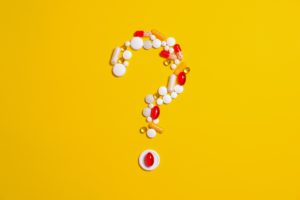Boosting Immunity—Part 5
In boosting immunity we cannot forget about a few more classes that are part of our daily life. Removal from use or at least minimizing exposure can help in the long run. They have other toxic effects (you are probably aware of them), not just impairing our capacity to fight infections. These are so much in our lives, but it’s possible to avoid them, even if at first sight seems hard to do.
KEY TAKEAWAYS
Pesticides
Are a cheaper alternative to the methods used in organic farming, therefore more commonly used despite harmful health effects.
- Chlorpyrifos—the most toxic one
- Glyphosate the active ingredient in Roundup—a weed killer. Used also on GMO soybeans, but found on oat and wheat products
Cannot be removed completely by washing produce, however thoroughly.
PFOS/PFOA—complicated chemical names, no need to remember them. You may know them under some brand names Teflon, Scotchgard, Stainmaster, or Gore-Tex, in products like:
- non-stick cookware
- water repellant clothing
- stain repellant carpets
Fire and flame retardants:
- upholstered furniture
- carpets
- clothing (especially children clothing)
Chemical solvents—toluene and trichloroethylene (TCE)
- paints
- adhesives
- cleaners (including dry-cleaning—for TCE)
Pesticides
Pesticides exposure can occur during their application, drainage in the water supply, and contaminated foods. We know that treated fruits and vegetables have to be washed thoroughly before being consumed, but even this doesn’t remove the residues. DIY solutions of baking soda, vinegar, lemon juice can help some more, but in some circumstances the appearance of the fruit suffer, probably the taste too—if vinegar is used.
Removing the skin (citrus fruits) without thoroughly washing the fruit first, can contaminate the inner part as well as our fingers. Many vegetables (lettuces and dark leafy greens of all types, cabbage, broccoli, celery, herbs—just a few examples), don’t have removable skin, while for others (tomatoes, peppers), is totally impractical to remove it. 
The way I see it, conventional farmed crops are sprayed with pesticides multiple times (at different stages), the forming fruits grow incorporating them. The rain doesn’t wash these away. Some amounts end up inside anyway, not just on the skin.
Consumption of pesticides during pregnancy are can cause abnormalities of the developing babies. Along with further early life exposure, can contribute to development of leukemia and other childhood cancers.
Chlorpyrifos, one if the pesticides found to cause brain abnormalities was banned in the EU as of January 2020, but continues to be used in the US.
Glyphosate, another harsh pesticide, was originally used as weed-killer (Roundup), but extended to the GMO crops (soybean, corn, canola, cotton). It is also sprayed right before harvest on non-GMO oats, barley, wheat and beans. Testing showed high levels in oat cereals and other oat-derived products, wheat products, as well as in hummus.
Pesticides such as glyphosate are classified as probable carcinogenic and the workers involved can develop skin cancer especially when combined with sun exposure. Allergic reactions after eating the pesticide-treated produce can happen, but it’s often not linked to the pesticides.
Organic crops are not meant to have the toxic pesticides used on them. Over the years, organic farming methods have greatly improved, and using these food pesticides is no longer necessary. However, they are a cheaper alternative to organic options, therefore are commonly used despite harmful health effects. Eating organic produce definitely contributes to boosting immunity.
PFOS/PFOA
Perfluorooctanesulfonic acid/Perfluorooctanoic acid are part of a bigger class called per- and polyfluoroalkyl substances (PFASs).
Wow, that’s a mouthful! If you remember just the short version, it’s good enough. Most importantly, what you need to do is be aware of their presence and where they occur.
PFOS (Perfluorooctanesulfonic acid) are the chemicals with the most well-established health risks. Beside affecting our immunity cells, they are carcinogenic and hormonal disruptors as well. They are presently considered the new “forever chemicals” because of their persistence in our body and environment.
PFOAs are used in many products and we are more familiar with some of their brand names, such as Teflon, Scotchgard, Stainmaster, or Gore-Tex. They are used in:
- non-stick cookware

- water repellant clothing
- stain repellant carpets
- fast-food wrap
- pizza box liners
- microwave popcorn
- single use paper plates and cups
Some products can be more easily replaced, while replacing others can become a more expensive project. If the carpeting needs to be changed anyway, then you know to choose something safe. Boosting immunity by phasing them out from use at home, beside boosting immunity will decrease their carcinogenic and hormonal disrupting influences as well.
Fire retardants
Polybrominated diphenyl ethers—PBDEs, are some PCBs-related chemicals (discussed in a previous post), impact the immune system beside other negative effects. They are also:
- endocrine disruptors
- cancers
- adverse effects on fetal and child development and
- neurologic function
Fire and flame retardants are not chemically bound but added as a coating, therefore they can and easily come off from products into dust and into the air. Again, just like with many of the other chemicals, children are most vulnerable.
PBDEs are no longer produced but replaced with newer ones. One journalist states ” Fire retardant chemicals were were first propose by the tobacco companies as a solution to fires started by cigarettes in the 1970s. Rather than reformulate their products, they suggested, society could reformulate everything else.”
There are many suggestions from consumers’ advocates to avoid buying and replace products (upholstered furniture, carpets and clothing), treated with any of these.
It is presently possible to buy products not treated with them and manufacturers have to disclose this information. Ironically, fire-fighters are very vocal about not using these chemicals anymore, as they watched many colleagues ending up with cancers. Their suggestion was to improve the materials the furniture and carpets are made (less plastics), so the smoke is less irritating.
Solvents
Toluene and trichloroethylene (TCE) are solvents used in paints, adhesive and cleaners. Volatile organic compounds (VOC)-free paints are available and can protect us from these solvents and PCB’s.
Dry-cleaning is very popular and recommended for many garments. Did you ever notice your blouses have a chemical smell when you picked them up? That’s because of the substances used in this process—most commonly TCE, also known as perchloroethylene or PERC. This remains in the garments—”off-gas”— and is best to air them out before bringing them into the house.
TCE is associated with respiratory problems, cancers (lymphoma and cervical cancers, most commonly in workers who are exposed on a daily basis)
An alternative is to the toxic chemicals is wet-cleaning (this is not laundering!), that uses non-toxic, water-soluble solvents. Also, useful to know that organic dry-cleaners don’t use TCE, they use carbon dioxide instead.
Butylated hydroxytoluene (BHT) and butylated hydroxyanisole (BHA) are phenol and toluene-related derivatives used as food preservatives and as antioxidants in cosmetics. I’ve seen them among inactive ingredients in medicated creams.
Researchers state that “Developmental exposures that lead to an immune system with a diminished capacity to fight infection may also reduce the body’s ability to detect and destroy tumor cells, thereby increasing risk of cancer.”
Thus, avoiding them will not only help boosting immunity for infections, but decrease the likelihood of developing cancers too.




